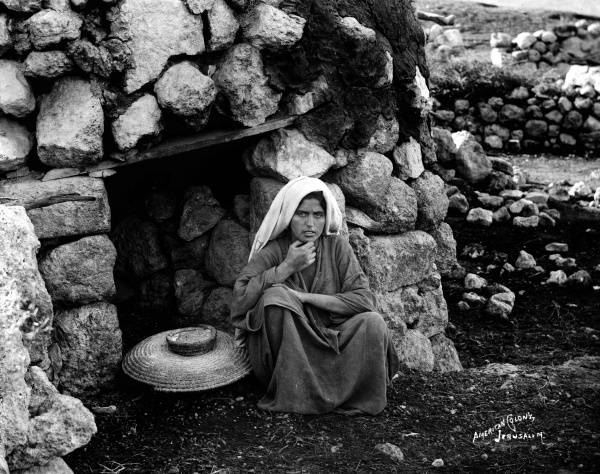Facts About Tabun oven
A tabun oven, often simply referred to as a tabun, is a traditional clay oven with a truncated cone shape, featuring an opening at the bottom for stoking the fire. These ovens date back to biblical times, serving as communal or family ovens, and they continue to be used in parts of the Middle East today. While traditionally made from clay, modern versions are sometimes constructed from metal.
The tabun oven has been a staple in Middle Eastern cooking for centuries, primarily used to bake flatbreads such as taboon bread and laffa. This oven can use a variety of fuels, including dried animal dung, tree branches, wood chips, charcoal, and even fabrics. The firing process involves covering the top opening, spreading fuel around the exterior, and allowing it to smolder for hours to build up heat. When it is time to bake, dough is placed on limestone inside the oven, the opening is sealed, and hot embers are used to cook the bread or other dishes.
Building a tabun oven involves creating a clay shell, setting up a foundation filled with heat-storing materials, and crafting a lid from either clay or metal. The construction process begins by mixing wet clay with straw to form the shell, which is then sun-baked. This shell is placed on a foundation layer of limestone pebbles to aid in baking.

 Israel
Israel